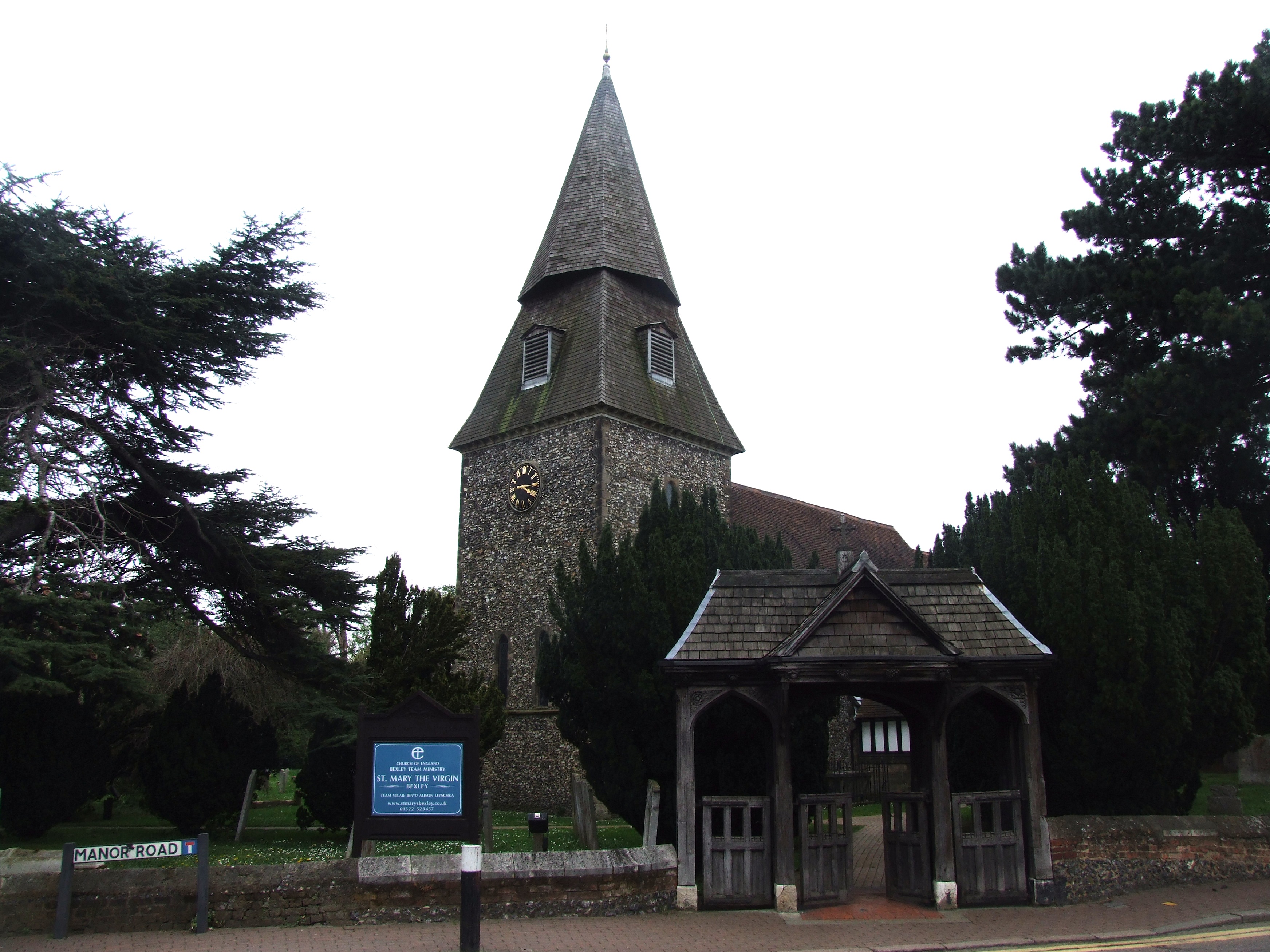
Hurst Road
This area of Bexley falls largely within the suburban town of Albany Park, bordered by the outskirts of Sidcup on the west and Bexley town on the east. It is best described as a fairly humble 1930s residential nest, situated between the valleys of the River Cray and the River Shuttle. Its zigzagging streets and lack of a prominent high street give it less of a centralised feel as nearby Sidcup, yet it is endowed with a number of very particular gems which are a testament to the locale’s warmth and community. Although not strictly within this postal sector, the Anglican St Andrews Church on Maylands Drive, just south of the station, is known to locals as ‘the Church with the green roof’. St Mary’s in Bexley is an ancient parish church with an interior dating from 1883.
The Albany is the local pub, seated in an aesthetically well-planned central crescent, directly in front of the station. Its mock-Tudor façade and cosy outdoor seating area invite you to spend your Sunday afternoon there or hold a kid’s birthday party – bouncy castles are available for hire. There are no senior schools in the area, however Hurst Primary School and Old Bexley Primary School are both rated ‘good’ by Ofsted and are praised by local parents. Bexley Park Woods is perfect as a nature escape and is reachable from any part of the locale by foot, not more than a 15- minute walk.
Much in the spirit of the London Suburb, Albany Park sprouted in the 30s when New Ideal Homesteads (NIH), the country’s largest housebuilder at the time, developed an estate between the towns of Sidcup and Bexley. It is no coincidence that areas like this have only a modest dose of amenities, with the high-street housing not much more than a pharmacy, dry-cleaners and a few takeaways. This is due to the housebuilders being willing only to provide access to railways, though this led to the construction of Albany Park train station. NIH were also notable for using prefabricated building parts which significantly lowered the cost of housing. This, together with the new train station, would make Albany Park very attractive as an outpost for working class families wishing to move out of London.

As of September 2013, Hurst Primary School became a recipient of a £12,465 sports premium grant to ‘develop a lasting legacy from the London Olympic Games’. In fact, the primary school has a very personal connection with the Olympic Games, having educated Steve Backley OBE – four-time gold medal winner of the European Championships and winner of two silver medals and one bronze at the Olympics. The year 1990 was Backley’s heyday when he set the world record for the javelin throw at 90.98m at Crystal Palace. After the International Association of Athletics Federations ruled a certain ‘nemeth’ javelin he had used illegal, Backley proceeded to set a new record the following year, this time with a throw of 91.46m.
It was a long time coming for the green-roofed St Andrew’s Church to come into being as a place of worship for the local Anglican community. Initially, around the end of WWII, congregations amassed in a room above some shops on Lewis Road, with a vicar from All Saints in Footscray leading services. The community would even gather in the open air on the site of the forthcoming Church building, before construction work began. Finally, the Church took only one year to complete and by 1969 St Andrews became a separate parish from All Saints.
For some, the neighbourhood area may seem a little hollow, with not much to do in terms of entertainment. For those considering a move to the north part of the area, the A2 East Rochester dual carriageway may also present a noise issue. The area is renowned, however, for its impressive academic achievement at local schools. 97% of pupils within this neighbourhood area significantly outperform the national average grades for maths and English.
Other than an extension to the ancient St Mary’s Church in the south-east corner of the locale, no significant developments have been forecast directly within the area. Developers have been more present and active around the neighbourhood, especially in Bexleyheath and Sidcup.